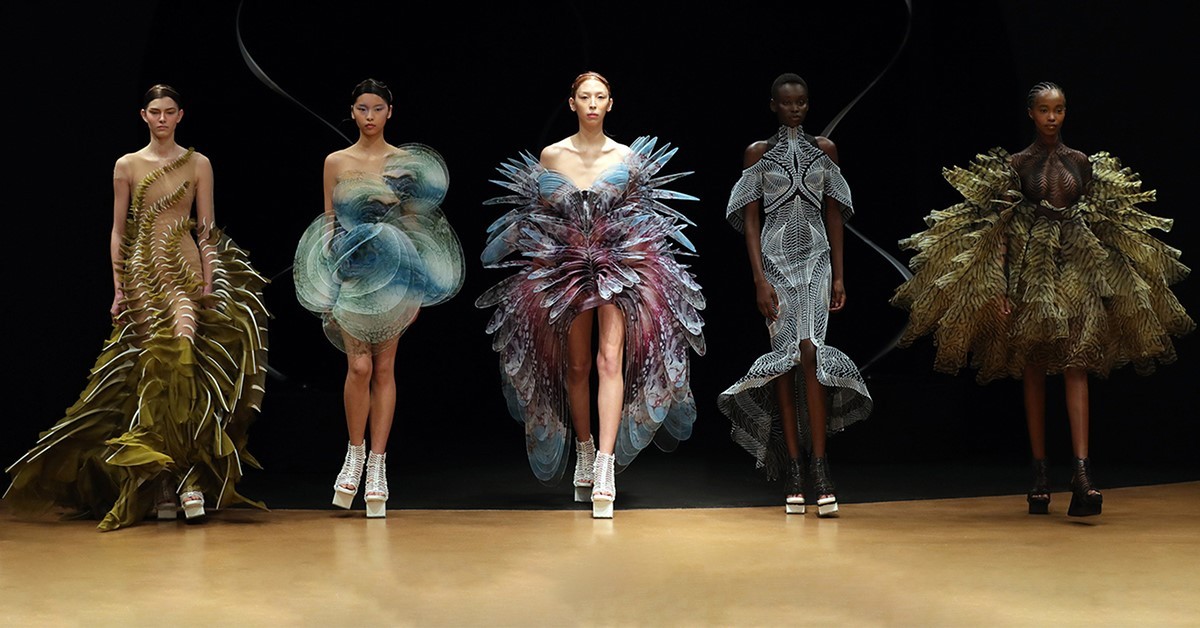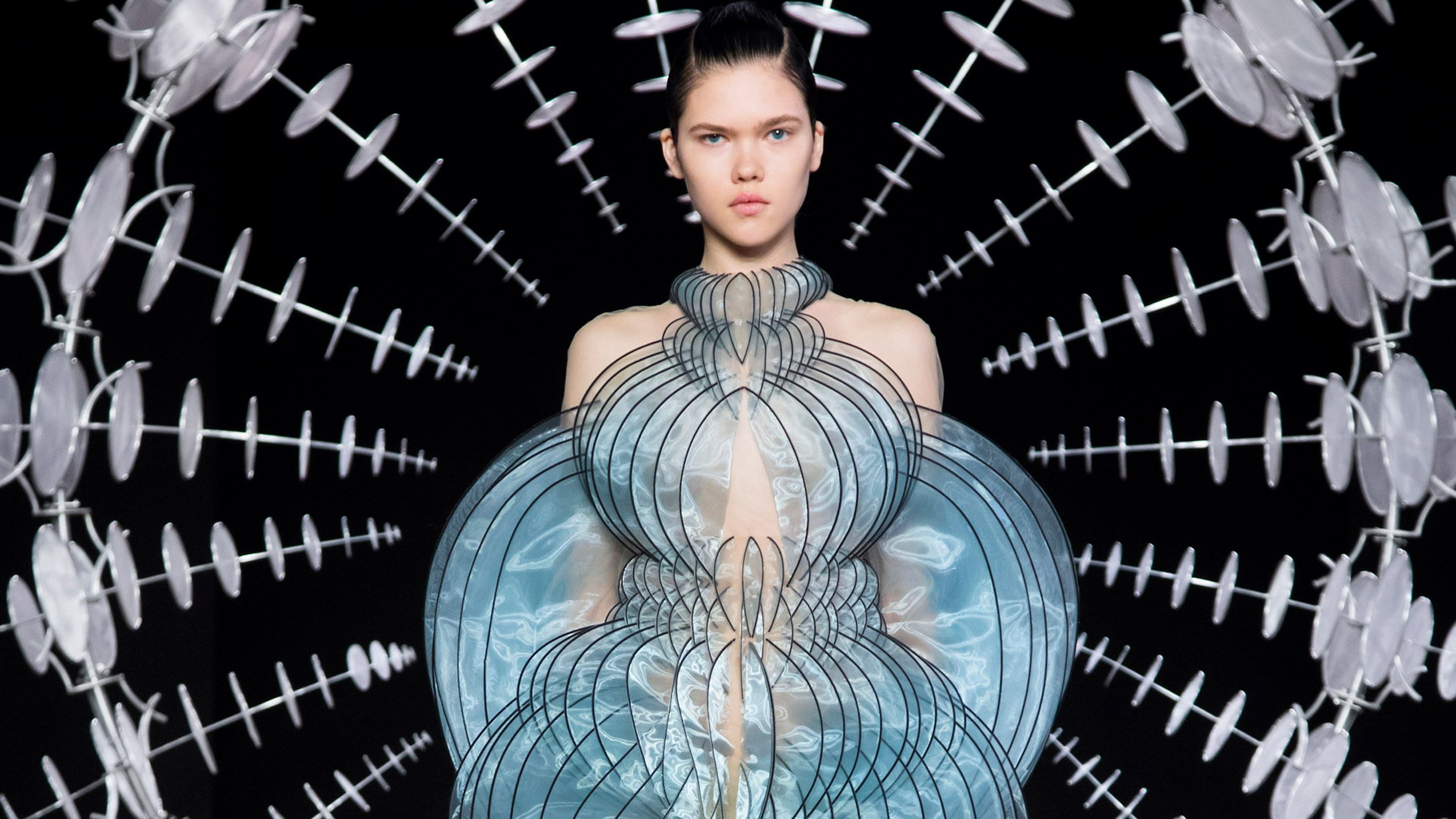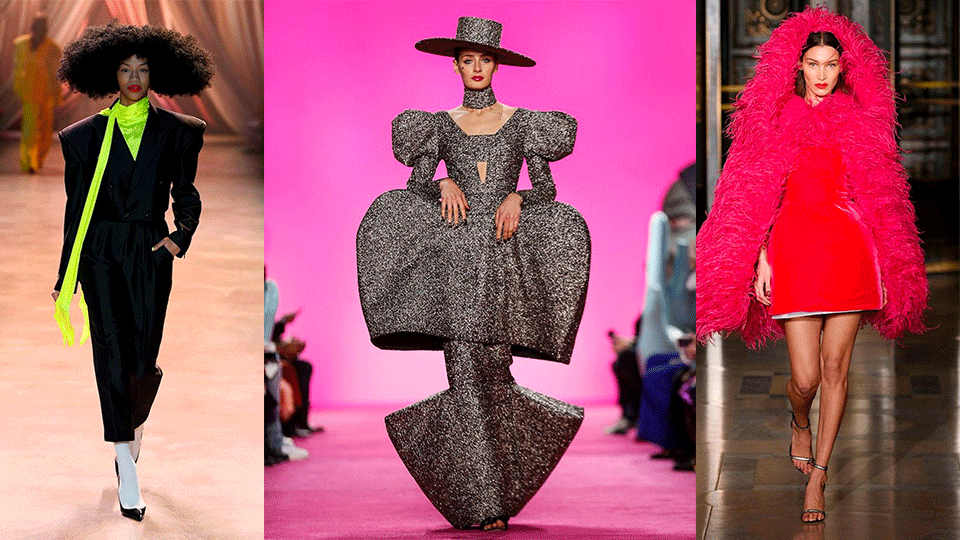- À New Wave to Fashion, À New Way of Living. Download Now on iOS Android Canada SS22
- hello@alahausse.ca
Smart textiles sweeping the fashion industry with it’s innovative perks

Crypto Meets High Fashion
August 13, 2021
Adidas FutureCraft: Moving towards Circular Systems
August 13, 2021
Written By: Chantel Ong
What is their purpose
The main term ‘smart textiles’ comes from the idea of intelligent or smart materials. In 1989, from Japan, smart materials was based on the very first textile made of silk thread which has shape memory, and the innovation continued on. In the 1960’s polymeric gels were made and came in the birth of more smart textiles. Offering products that benefit users with it’s technical abilities.
The industry of smart textiles is ever-growing as it not only applied in the military and medical field but in the fashion industry as well. Where designers adopt smart textiles in expressing certain inspiration to contemporary society. The market of smart fabrics and textiles is said to grow hugely in the upcoming years from 2021 to 2026. Expressing the huge potential and future smart textiles have to offer
What are smart textiles
Smart textiles are basically fabrics and materials with added value through technology that enhances a users physical or aesthetic aspect. Initially smart textiles were used in Military, Civil, and Healthcare uses. There are two types of Smart textiles
Passive Smart textiles
That can only sense the current atmosphere or environment , which are usually sensors
Active Smart textiles
Can sense the stimuli from the environment and provide a reaction to it. In addition to its sensor function it also has the actuator function.

The Market
According to a report, which investigates the current landscape of the smart textile business sector and it’s future effects due to COVID-19. The global market was $2518.9 million in 2019 and is expected to be $7881.6 million by the end of 2026. Provided in the following categories, where 31% is allocated to military, 34% to civil, 17% to healthcare during 2016. The fashion industry has been joining this market and growth steadily.

What make textiles “SMART”
Based on their specific purpose, smart textiles are created through ingraining fibers and different technologies. Some fibers has conductive aspects and polymers, even shape memory, fiber optics and additional novel technological enhancements.
- Sensors
- Chemical treatments
- Thermochromic dyes
- These materials interact with one another along with an external stimuli — such as temperature, light or pressure — creating a transfer of energy. Once activated, the functional fabric responds depending upon the textile’s function.
What is their Purpose
Smart textiles usually are in two categories which have their own purpose to solve or improve current issues in both the industrial and fashion industry.
Aesthetic
Smart fabric has been steadily adopted in the fashion industry. Providing beautiful pieces that voice out certain inspiration and elements. Through changing color and interactive elements that allow fashion designers to showcase a different form of fashion
Performance enhancement
Focuses more on the performance of the textile allowing enhancement in more specific form such as temperature, reducing wind and water resistance, space travel and vibration of muscles.
Fashion and Smart Textiles
CalmWear
Is one brand that uses compression clothing to ease hypersensitivity, it usually works on symptoms of ADHD, sensory processing disorder and many more
Lumen Couture
Has several collections of distinct uses of smart textiles in LED allowing moving bright shapes to appear on their clothing and accessories.
Emel + Aris heating technology
Creating outerwear and mixing it with heating technology, creates smart outerwear in general. Allowing one to warmly walk out during cold seasons


Benefits
What other way but to convince you with the benefits of smart textiles:
- Sensors can help track and alert users, aside from this the fabric can respond to muscle vibrations making sure that it is the correct form, reducing risk of injury
- Helps improve the quality of life for individuals with disabilities. Smart textiles can help enhance the capacity of stimuli such as compression clothing and regulators.
- Long-term items, although expensive, may be timeless pieces that aid in everyday life.
The Verdict
Smart textiles have this great potential to improve both the fashion wave and the quality of life of an individual. Introducing a new world that is steadily growing.
References:
- https://www.sciencedirect.com/topics/materials-science/smart-textiles
- https://www.apexmills.com/media_post/smart-textiles/
- https://www.globenewswire.com/news-release/2021/06/29/2254498/0/en/Smart-Fabrics-and-Textiles-Market-Siz
- https://ignasisayol.com/en/smart-textiles-can-be-programmed-to-monitor-things-like-biometrics-measurements-of-physical-attributes-or-behaviours-like


